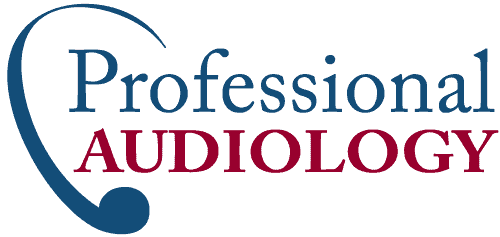Of the two most common forms of hearing loss—age-related and noise-induced—we want to do as much as we can to prevent them. Unfortunately, there is little to be done about age-related hearing loss, and the natural progression of time makes us more likely to have hearing loss as the years go by. On the other hand, there is much that can be done to prevent noise-induced hearing loss. Particularly for those who are exposed to noise in their jobs or recreational activities, hearing protection and noise reduction are two components of a prevention strategy. You might be surprised how many noises are present in everyday life that could harm your hearing with a long enough time of exposure. The good news is that we hear most of these sounds for just a few minutes, making them totally safe to experience. If you work or recreate in contexts that have these sounds ongoing, however, they can be dangerous. Let’s take a closer look at some of these potentially harmful everyday activities.
Volume and Duration in Noise-Induced Hearing Loss
A single very loud blast or explosion is enough to damage your hearing in an instant. That sudden pressure enters the sensitive features of the inner ear and overwhelms their ability to function. Specifically, the tiny hairlike organelles of the inner ear called stereocilia are quite sensitive to differences in pressure, making them able to detect subtle differences in sound and speech. That same sensitivity makes them fragile when too much sound pressure enters the ears. Although sudden, very loud sounds are enough to permanently damage the hearing, a relatively quieter sound for a longer period of time can also be sufficient to cause damage. Some everyday sounds can fall into this category of danger for your hearing. If you are exposed to these sounds for too long, your hearing can be permanently damaged. Reducing the time of exposure and wearing hearing protection are the two most important strategies to limit the likelihood of hearing loss.
Dangerous Everyday Sounds
Some of the sounds you encounter at home or in your daily life can be dangerous for your hearing, but only if you are exposed for a long enough duration of time. For instance, the sound of a blender or food processor can be dangerous for your hearing, but you would most likely need to be using that device in an extended session to incur damage. With sounds that can reach as high as 94 decibels, you would need to be listening to that blender for around one hour to incur damage. Those who work as baristas or in food service might easily cross that threshold of noise exposure. Similarly, lawn care machines can pose a risk in your everyday life. Lawnmowers can also run at up to 95 decibels, meaning that you can incur hearing damage in under an hour. For these reasons, wearing hearing protection is crucial when you are exposed to a relatively loud sound for more than a few seconds. If you use loud appliances for an extended time or have a large lawn requiring maintenance, you should wear earplugs to bring down the effective time of noise exposure to the safe range.
Recreational Noise
Another hidden risk for hearing loss is exposure to recreational noise. Although we focus on workplace exposure as a risk for hearing loss, recreational activities can be just as loud. If you like to attend sporting events in a large arena, a concert of loud music, or going to a busy restaurant, bar, or dance club, you might be exposing yourself to enough noise to incur hearing damage. Headphones and earbuds are another culprit, and listening for even a few minutes at full volume can be enough to cause damage. Limit your exposure to these sources of damaging sound by reducing the time you spend, the volume of noise, or by wearing hearing protection. If you follow these tips for reducing your exposure to harmful sound, you should be able to prevent hearing damage from everyday noise. If you are already concerned about the possibility of hearing loss, don’t hesitate to contact our hearing health professionals for a hearing test.





